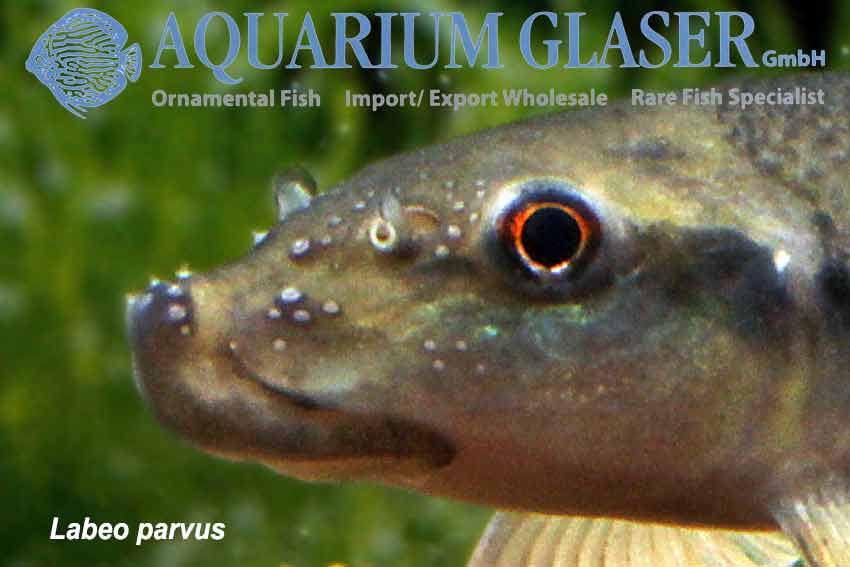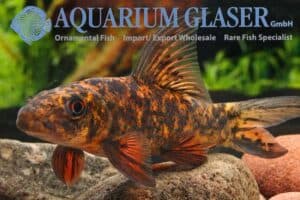Labeo parvus
Labeo parvus was officially first described in 1902 by Boulenger. The genus name Labeo comes from Latin and means: with big lips. The specific epithet parvus also comes from Latin and means small or short, a reference to the small size of the type specimen when described by Boulenger.
Description
In appearance and behavior, the labeo parvus is very similar to the well-known algae eater Gyrinocheilus aymonieri from Asia. If the aquarium offers sufficient space, it is an interesting (African) alternative. In addition, it is an excellent algae eater, younger animals can be kept well in an aquarium in a group that is large enough to distribute the aggression. Adults can mainly be kept solitary. It is unclear how large the species can grow. Most specimens reach a maximum of 16 centimeters. However, a case of more than 50 centimeters is also known. Compared to other fish, they are quite peaceful, provided they do not have a similar body shape. Other bottom dwellers such as catfish are therefore best avoided.
Origin
Labeo parvus is a Labeo species with a wide distribution area across central and western Africa. The species occurs in the coastal areas from Senegal to Sierra Leone to the upper reaches of the Congo.
Diet
In nature it mainly grazes aufwuchs. It is an omnivore, so sufficient variety must be provided. Vegetable food should not be missing from the menu.
Breeding
The breeding of Labeo parvus in the aquarium has not yet been successful.
Video
Author
P. de Pijper
Copyright images

















